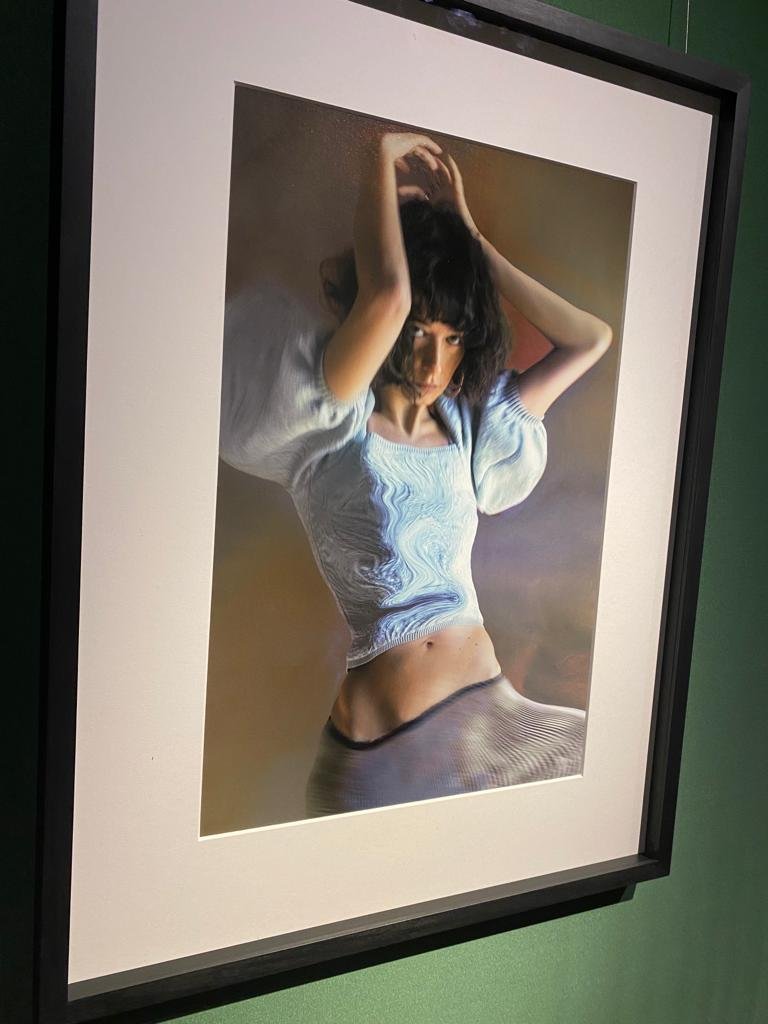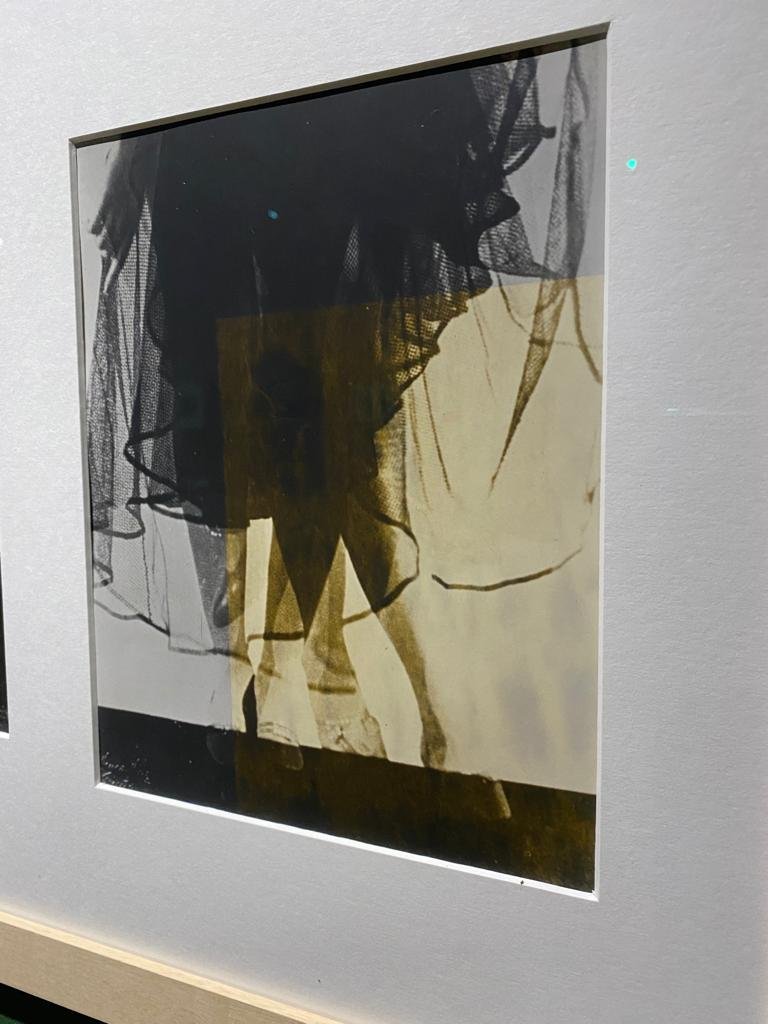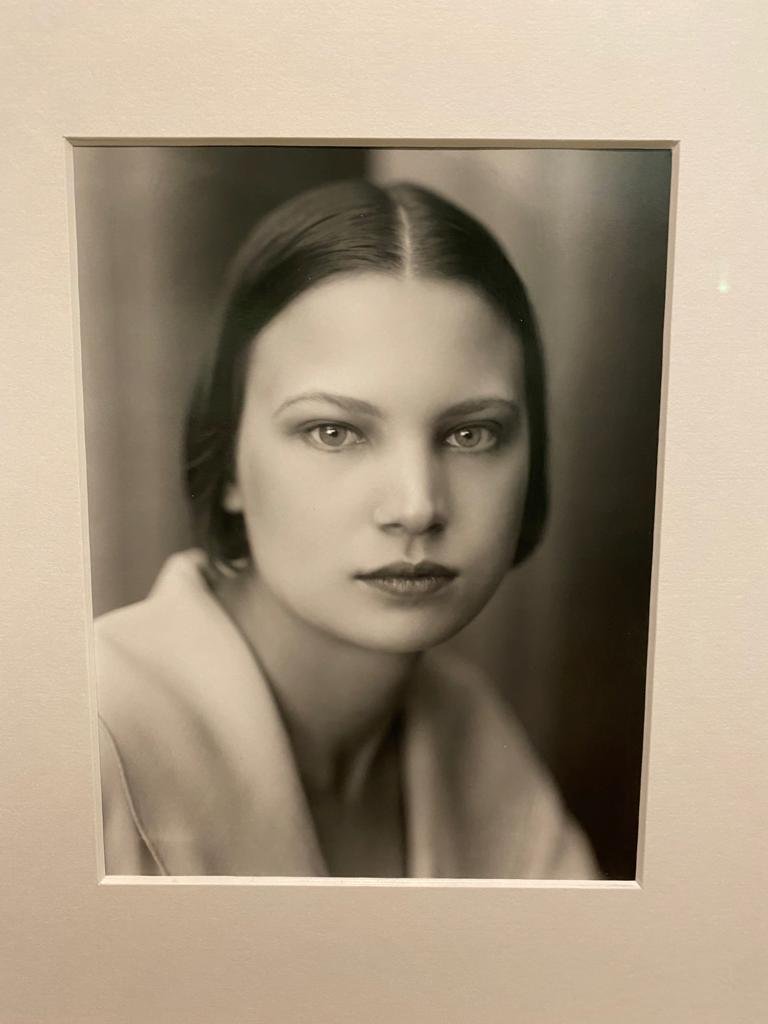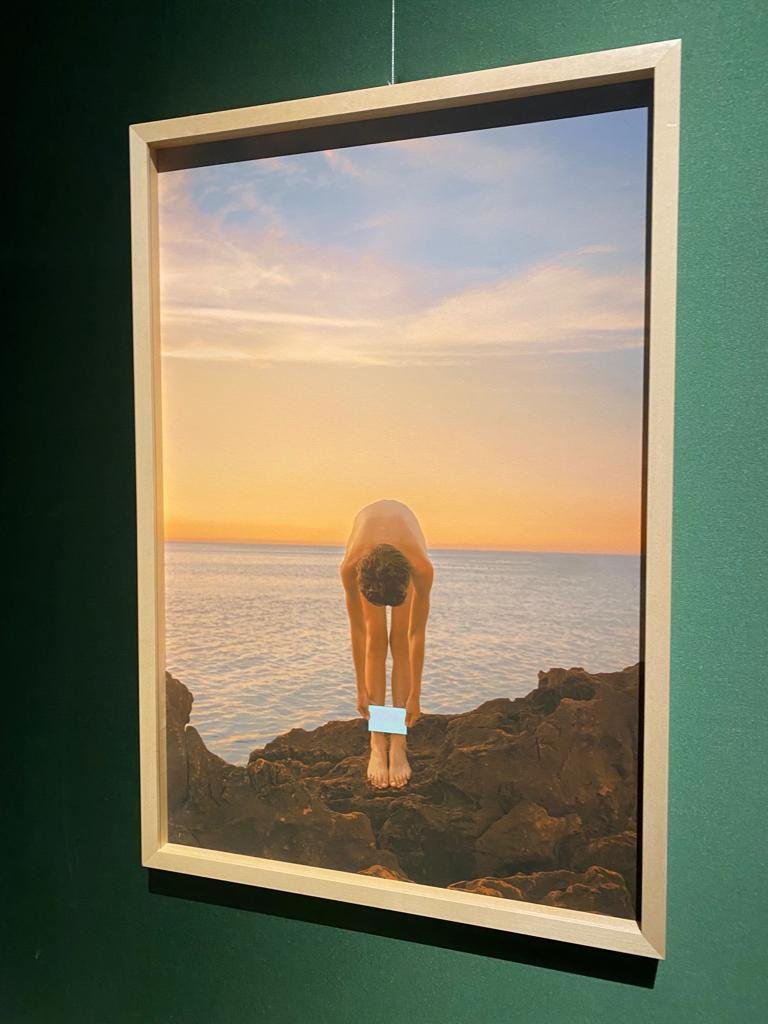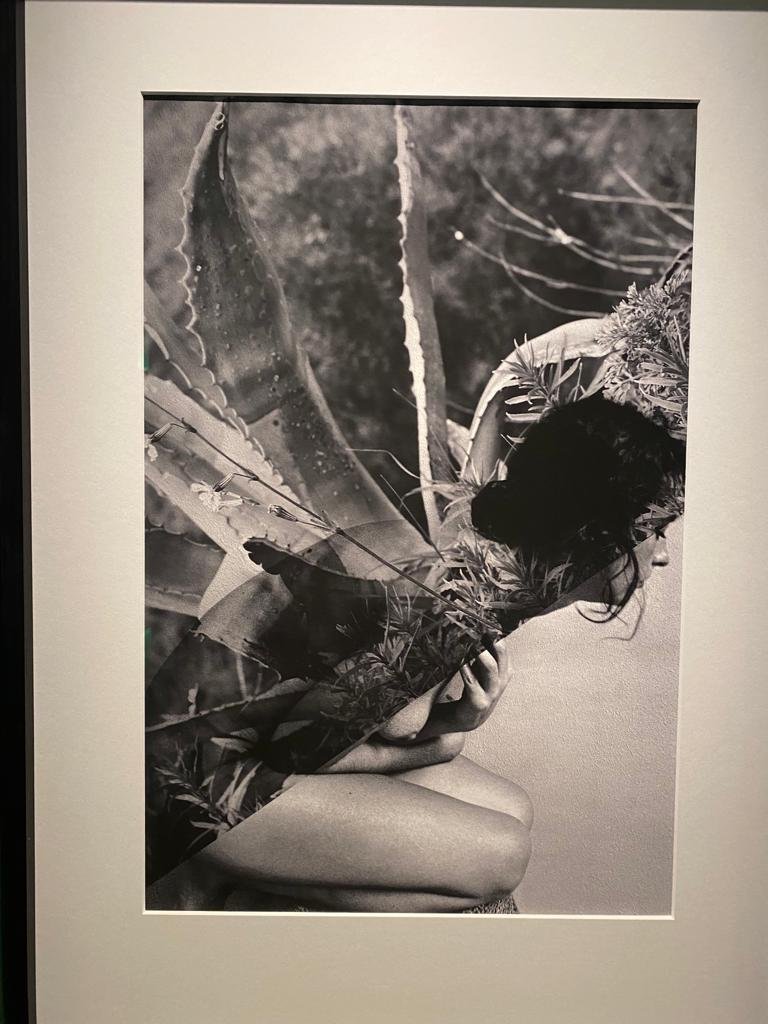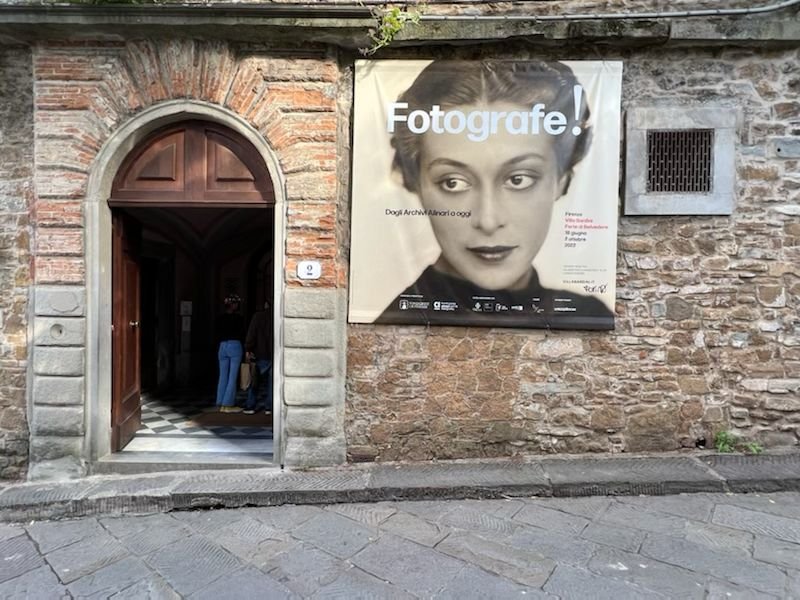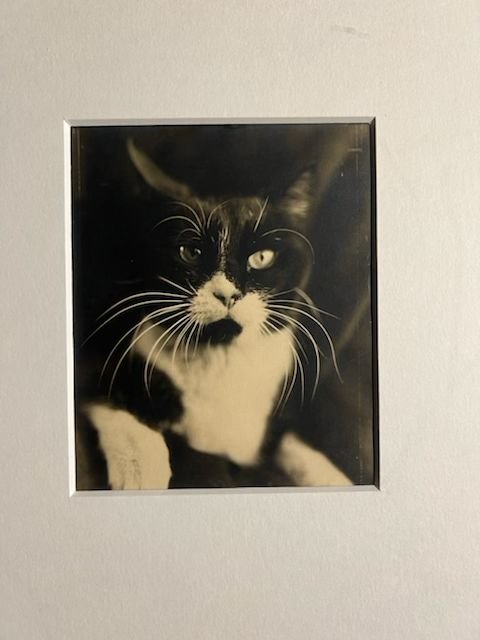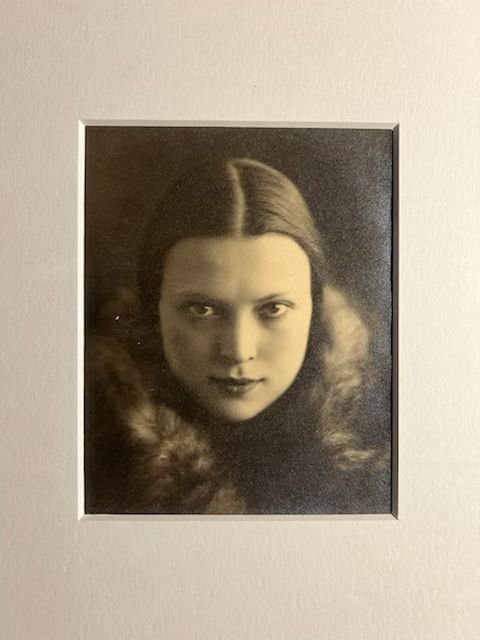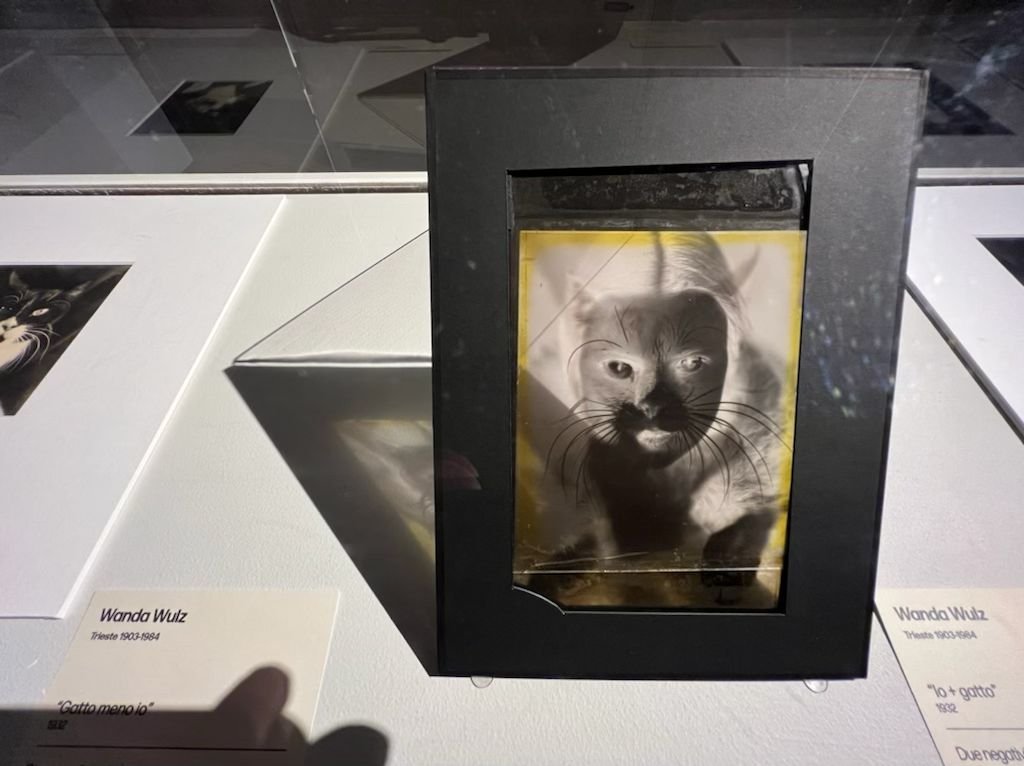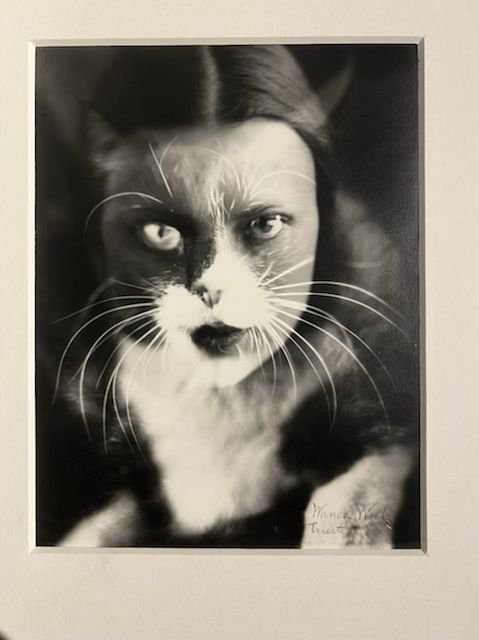Women in Photography — Fotografe! at Villa Bardini and Forte di Belvedere
A visual conversation across genres, Fotografe!, blends many previously unpublished historic images by women from the Alinari Archives with work by 10 contemporary Italian photographers. Hosted within two neighboring organizations, Villa Bardini and Forte di Belvedere, this exhibition is curated by Emanuel Sesti and Walter Guadagnini. It’s beautiful, soft-cover, bi-lingual catalog, published by Mandragora, is well worth carrying across Italy to bring back to the U.S.
This collaborative effort expands scholarship on several lesser-known contributors to our collective historical canon from Pictorialism to Documentary. Research on the Wulz Sisters and Edith Arnoldi provide a cornerstone of the exhibit and is the subject of catalog essays by Emanuela Sesti and Lisa Hanstein. It was a thrill to see Wanda Wulz’ avant-garde contribution to Futurism, lo + gatto, in it’s original form of separate gelatin silver bromide negatives. And my favorite piece in the exhibition was her equally ground-breaking image, Wunder Bar, introducing a bold stylist use of movement.
Four lesser known female photographers opened the exhibition in the Women Pioneers section with examples of their daguerreotype portraits. Glaringly apparent is how women’s accomplishments were hidden and/or consumed by their relationship with men. German photographer, Bertha Beckmann, opened a photography studio in Leipzig, with her husband in 1843. Following his death four years later, she became the sole proprietor and became renown for her portraiture. Two French women portraitists remain anonymous as they identified their work signed ‘widow’ and ‘madame’ next to the name of their spouse. Four daguerreotypes by Belgian photographer, Bernadine Caroline Theodora Hirza Lejeune, are signed, Leba, which is a combination of letters from her given name and her husbands.
I was pleased to be introduced to Adele Perlmutter, Ukrainian by birth and adopted in Vienna, who ran the sought after studio, Atelier Adele, in 1862 with her father and brothers. The exhibit also honors Italian photojournalist, Letizia Battagalia, who captured the images of the Capaci bombing 30 years ago, and whose work is chronicled in the 2019 documentary film, Shooting the Mafia.
The catalog acknowledges, ”the power of the image is increasingly going beyond the documentary value, acquiring the power of denunciation and testimony.” The exhibition animates Emanuela Sestis’ observation; “…photography is the device for creating a gender identity model, a social redemption…”. This dynamic visual conversation illustrates our continual reach for gender parity in the arts. It speaks to correcting the canon to include the full picture of the history of photography by acknowledging womens role in photography’s evolution. And it salutes the visions of women photographers leading us into the future.
This exhibition was on display from July 2022 - October 2, 2022. To learn more about Villa Bardini, click the button below.
Image credits
First gallery from left to right: Sofia Uslenghi ART noJECT #15 (2021), Wanda Wulz Wonder-bar (1930), Wanda Wulz Ritratto di / Portrait of Marion Wulz (1930), Federica Belli The Courage (To Bend and Rise Again) (2021), Sofia Uslenghi Metamorfosi #1 (2018)
Second gallery from left to right: Process of creation for Wanda Wulz lo + gatto (1932)

